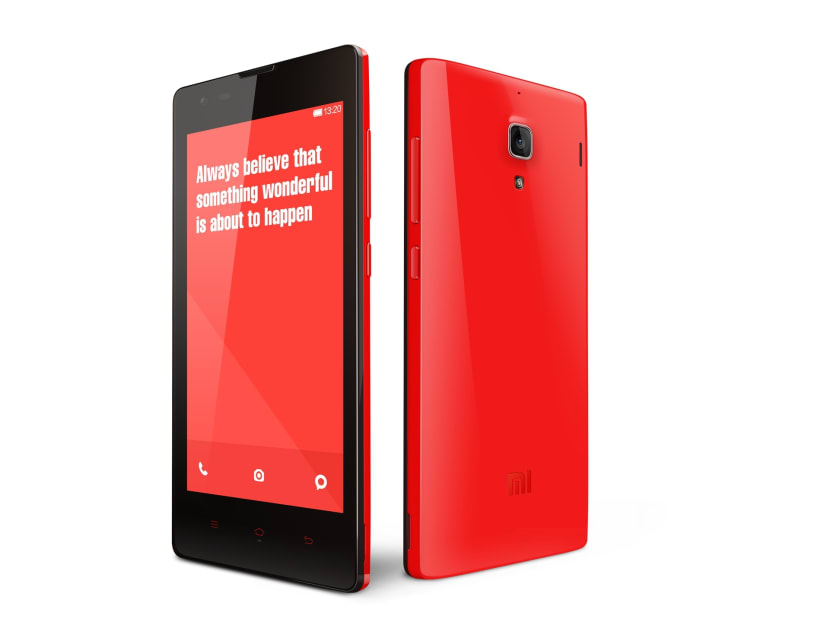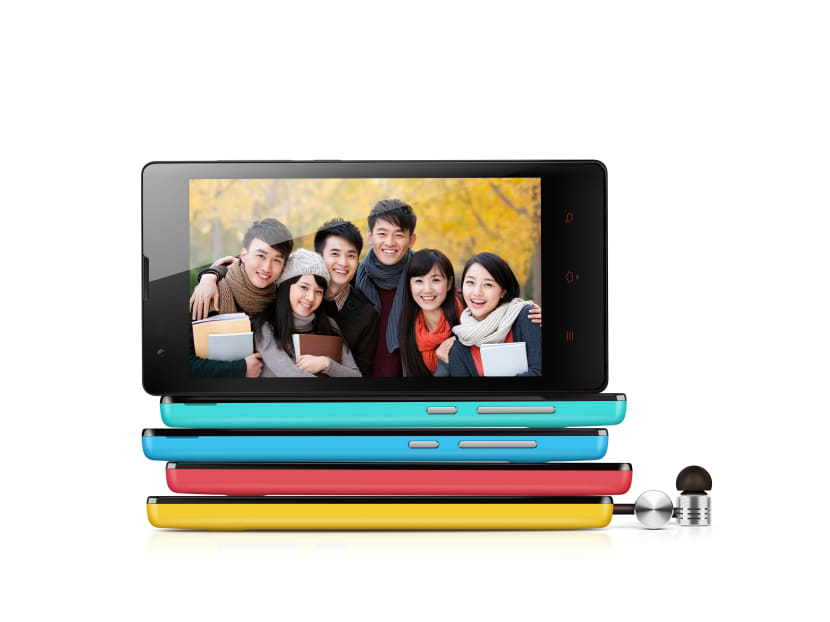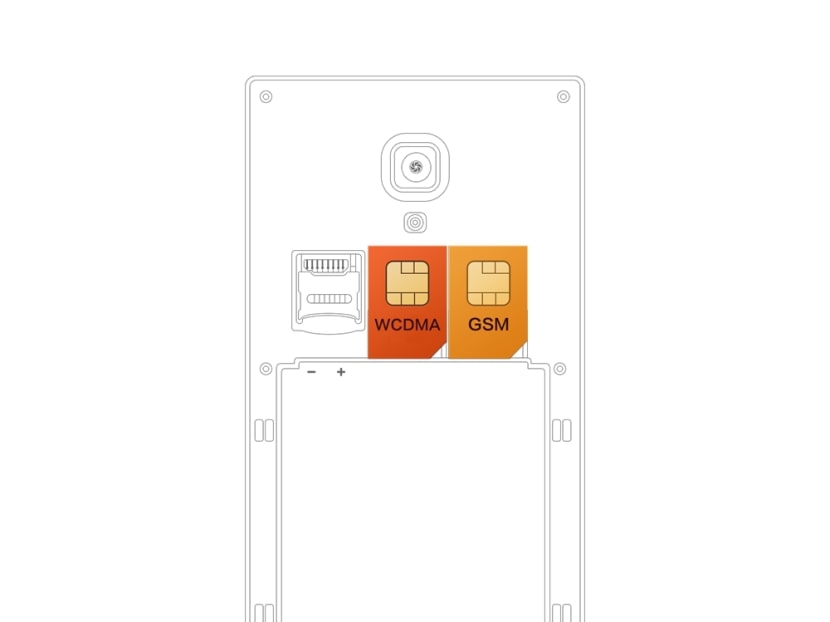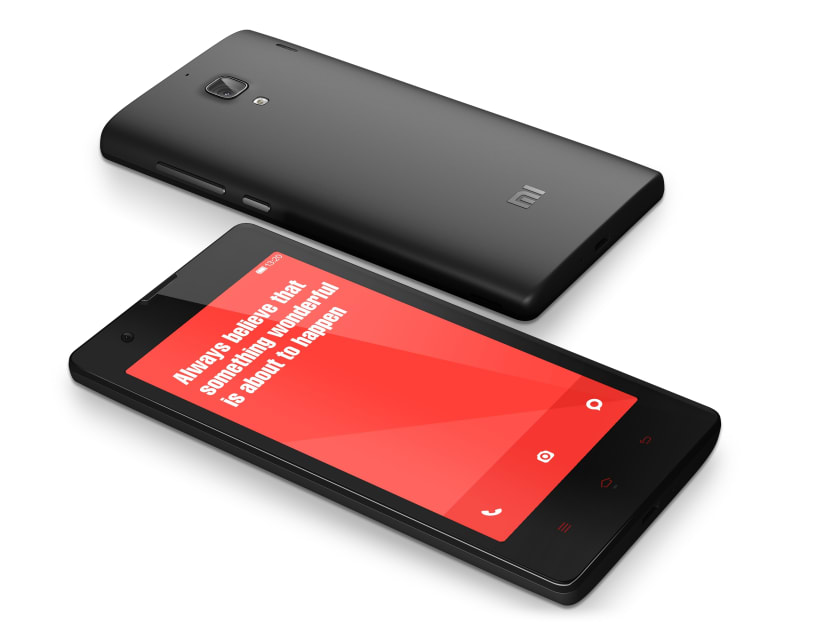Xiaomi Redmi review: A great budget smartphone
SINGAPORE — A quad-core smartphone with 4.7” display and 8MP camera for just S$169 without contract — it’s unbelievable, but it’s happened: China smartphone maker Xiaomi will launch their Redmi (known as Hongmi in China) budget smartphone in Singapore on Feb 21.




SINGAPORE — A quad-core smartphone with a 4.7-inch display and 8-megapixel camera going for only S$169 without contract is unbelievable, but Chinese smartphone maker Xiaomi has made this possible with its launch of the Redmi (known as Hongmi in China) budget smartphone in Singapore tomorrow (Feb 21).
While budget phones might bring to mind devices with cheap plastic backing and poor buttons, this is not the case with the Redmi, which feels surprisingly solid and dense at 158g.
I have had the phone for almost a week and everything has felt — as Goldilocks would put it — just right. Using the phone, which comes with Xiaomi’s MIUI user interface, has been a pleasure. While I have not experienced problems with it, nor has it crashed, the device offers nothing to shout about, except for, well, its price.
That’s not to say that using the phone is a boring vanilla Android experience seen in budget phones: Xiaomi’s MIUI has features that kept things interesting. The generally well-made themes, for example, run the gamut from cutesy to gothic, and are able to change up almost every inch of the user interface so using the phone can actually end up being quite fun. Some themes came with a MiHome function that arranged all the apps something like a map — I didn’t find it very configurable or convenient to use, but it was a cute way of interacting with the phone.
The Redmi does not have an Andriod app drawer — all apps are now on the various home screens, like the iOS, which I prefer. There is good news for those who are worried about using the Xiaomi App store: The Redmi in Singapore features the Google Play Store.
There’s also a Lite Mode that strips out all the pizzazz: The user interface gets simplified into a tile version that’s almost reminiscent of Windows Phone. Fonts are larger and most of the apps are hidden away, which means it’s perfect for elderly users who don’t want to spend so much time figuring out a smartphone. You can still configure the tiles to add apps, so Candy Crush Saga or your 4D app is still just a tap away.
The camera takes some detailed, sharp photos and there is barely any shutter lag. It also comes with a HDR function that works just as well as, and sometimes better than, Apple’s version. The panorama mode, however, did not allow me to preview what I was shooting as I panned the camera, so I had the tendency to move too fast without realising it. Take too many photos? The Redmi has 4GB of built-in storage, and this can be expanded by up to another 32GB with micro SD cards.
It is not only the camera that makes the Redmi a great phone for travelling: The dual SIM function allows me to use two SIM cards at the same time, while receiving calls and messages for both — I can even choose which SIM to dial or message from.
Still, life isn’t going to be a bed of roses since the Redmi is a budget phone. Speed-wise the quad-core 1.5GHz MediaTek can’t compare to the newer smartphones using much faster chips: Even games that don’t seem too graphically intensive, like Marvel Puzzle Quest, will exhibit lag during use. (If you’re wondering, there’s no issue with Candy Crush Saga.)
For those who are used to 4G speeds in Singapore, they may have to adapt to a slower pace: The Redmi supports only up to 3G, but this certainly helps with battery life: The 2,000 mAh battery managed to last a full day, hitting the red zone only a while after I reached home after a day at work.
There are also some quirks that will need time to be ironed out: Xiaomi is a Chinese company, so some functions, like the theme store, have not yet been updated with English translations. MIUI theme developers are also mainly from China, so some wonderful themes lack an English version. The OS is also based on Android’s Jelly Bean — optimisations found in Android KitKat are currently unavailable.
With the launch of the Redmi in Singapore, Xiaomi is taking one of their first steps towards ‘world domination’. although local sales of the phone remain to be seen.
Still, at S$169, the Redmi is a compelling choice, even for daily use by hardened road warriors. The best thing it has going for it is the price — it’s hard to argue about the weak points of the phone when you know you’re getting it for such a low price, especially when it outdoes what one might mentally expect from a budget phone.
Xiaomi has also just announced that it will be selling its top-end Mi3 in Singapore on Mar 7 at S$419 onwards without contract, in a move that could shake up the market even more.
The smartphone will be available online at http://www.xiaomi.com/sg from Feb 21, and from local telco StarHub from Feb 27. StarHub will retail the phone at S$0 on selected StarHub Mobile post-paid plans or at S$169 with a StarHub Mobile pre-paid bundle.







